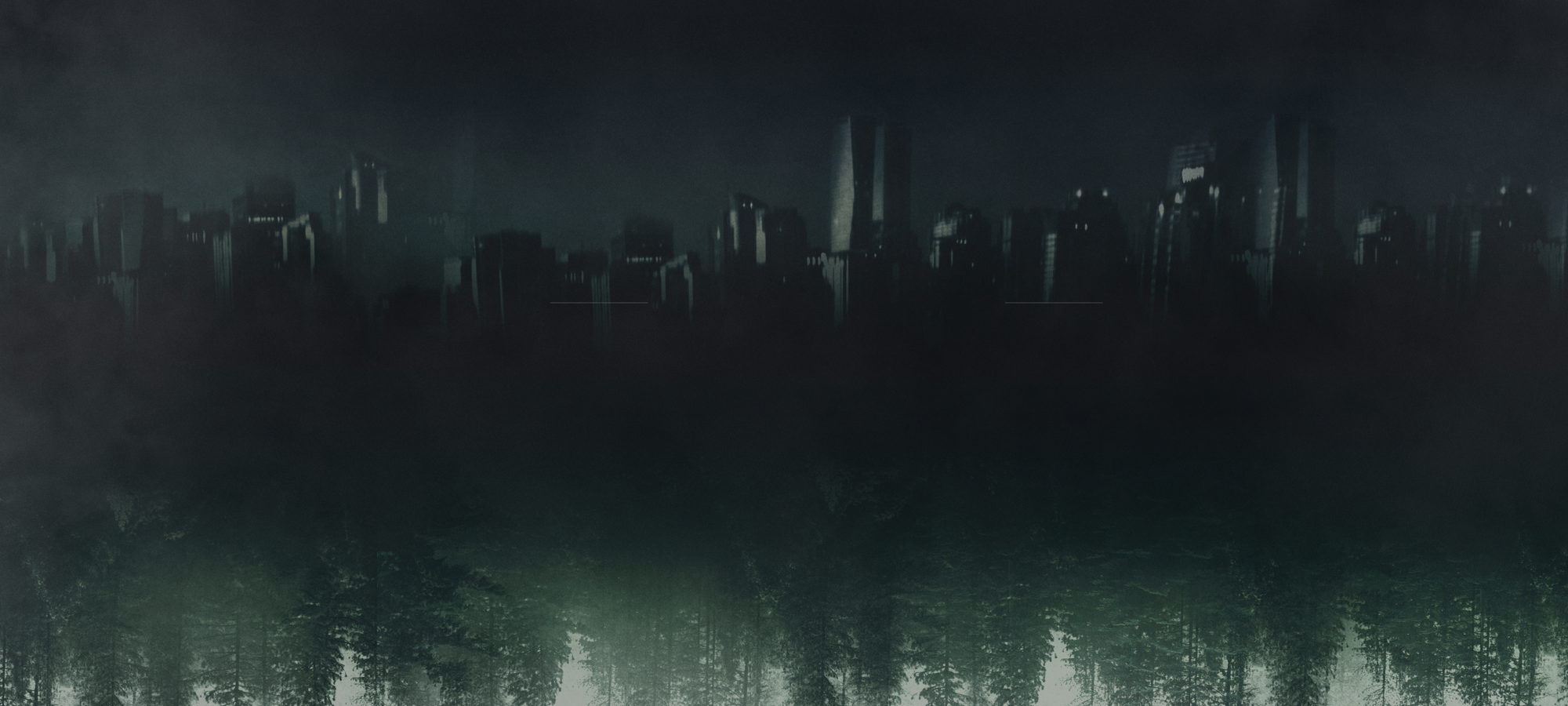Nottingham Castle
Jump to
Recommended Pages
Nottingham Castle is the private residence of the Fitzwalter family, rulers of East Mercia and one of the First Families. Situated on a high, rocky outcrop overlooking the city, it was Nottingham’s seat of power from the establishment of the Queendom of East Mercia, in YE 238 until the East Mercia Palace became the official residence and administrative headquarters in YE 568, and Nottingham Castle reverted to being a private residence.
History
The castle, built on the orders of Willem the Conqueror in 1068 following the Norman conquest of England, originally had a wooden motte-and-bailey structure. It was gifted to Gabriella Fitzwalter, first Margrave of Nottingham, in YE 2 by Empress Matilda “Maud” Beauclerc, following Maud’s victory in the First Hycath War. Gabriella replaced the wooden structure with a sturdier and defensible stone castle, comprising a series of baileys, the central one of which contained the residential apartments.
The castle was extended in YE 242, under Queen Mary-Anne Fitzwalter, following her defeat of Empress Matilda VI during the Sacking of the Vatican. Mary-Anne became the first Queen of East Mercia and marked her accession with the addition of a new high tower overseeing the middle bailey, to house the Royal apartments. At the time of its construction, this was the tallest human-made structure on the Anglia Isle.
Mary-Anne also added a new prison below the old central tower, which was used extensively during her reign to incarcerate Catholic rebels.
The castle then remained largely unchanged until YE 556 when, during a Royal parade to celebrate the coronation of King Richard I, sparks from a misfired cannon ignited banners along the walls. The fire spread quickly, due to the large number of decorations, eventually destroying much of the high tower and central bailey buildings.
Richard decided to rebuild in a more classical European design and he demolished most of the medieval structure, replacing it with a large symmetrical mansion. Some elements of the original castle remained in underground structures, including the dungeons and a long passage to the bottom of the rock, known as Gabriella’s Gateway. Richard also kept the four outer bailey towers, which initially marked the four corners of the extended gardens.
The mansion was extended in YE 724, under Queen Alviva III, who added a third storey and formal carriageway.
While attempts have been made throughout history to disrupt the Fitzwalters’ seat of power, most notably the unsuccessful Oliver rebellion of YE 309, Nottingham Castle has only faced one successful breach of its walls, during the bombing of YE 878. The bombing was believed to be the work of Will Scarlett’s Rebellion. It tragically took the lives of several of the castle’s staff and residents, including Queen Isobel, wife to King John II.

